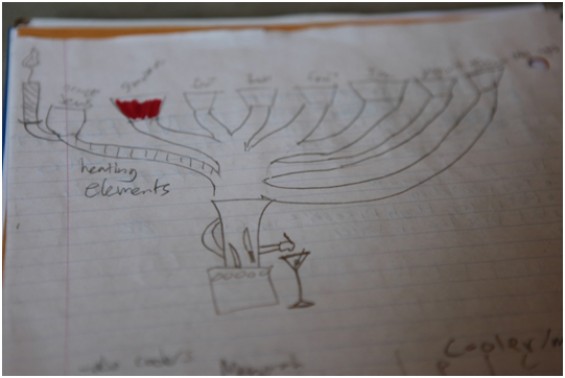
That design never made it to built form from the paper because it could not function on its own. The aim of the project was to be able to replace any human controlled interaction with the device with robotic, automated components, and this design failed completely on this basis. The next idea was based on an axis-swivel octagon that would contain chambers holding different frozen fruit. The idea was to create rotating motors under each chamber so fruit could be evenly dispensed. Two issues we encountered with this design were (1) the use of too many motors (we had a maximum limit of up to 7 motors), and (2) problems creating an octagon.
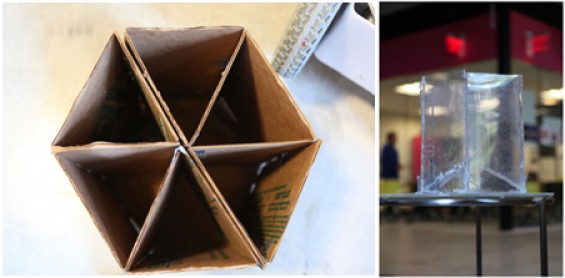
Even after switching to a hexagon later in the process, we realized that the fruit would be too heavy to pivot. So we decided to scratch that idea and instead move into a new idea: Instead of dispensing fruit, wed push fruit into a funnel that we had in our original design.
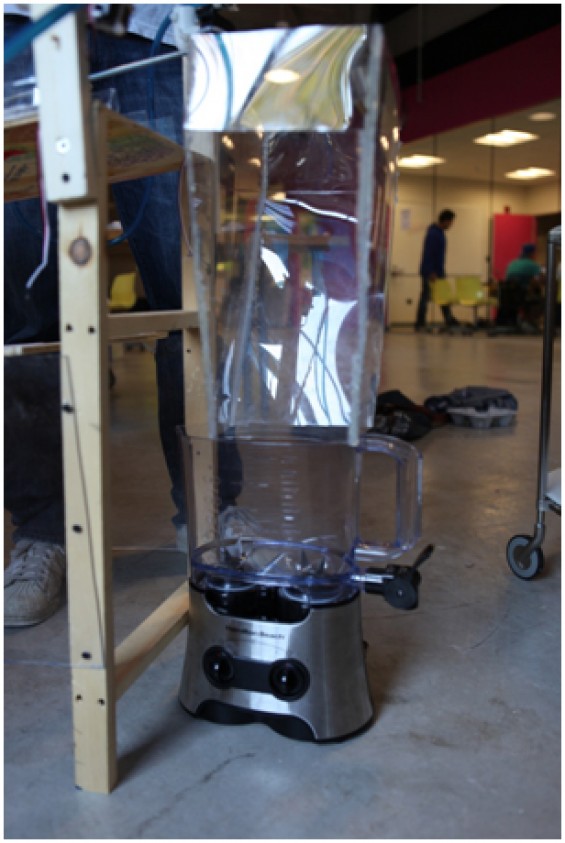
While part of our group worked on making the fruit container, the other part of the group worked on making a wooden base/table that would hold all of the components together. With a little sweat and a lot of power tools, we were able to create something solid.
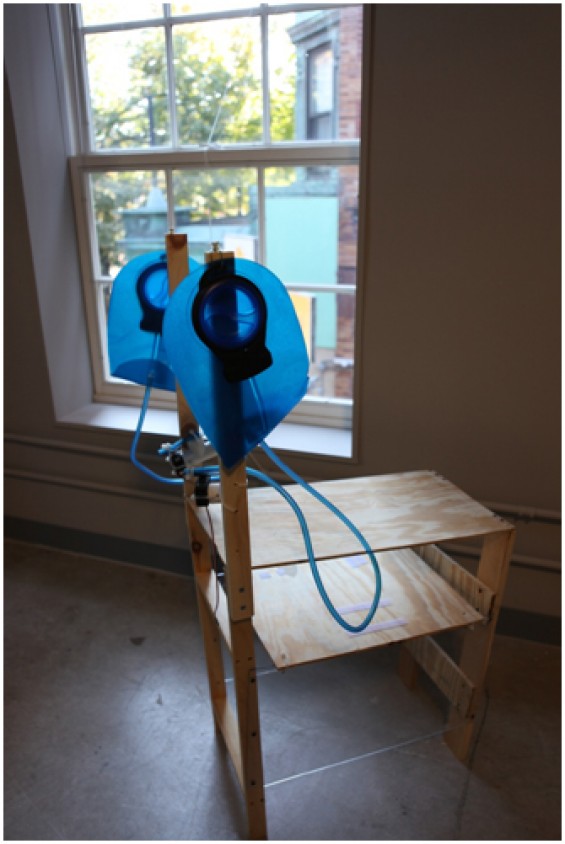
The next issue that we addressed was ways to allow juice and other liquids to flow into the funnel toward the blender. We came up with a design that used camel backs with the spouts removed and attached to servo motors in order to block and allow the flow of liquids.
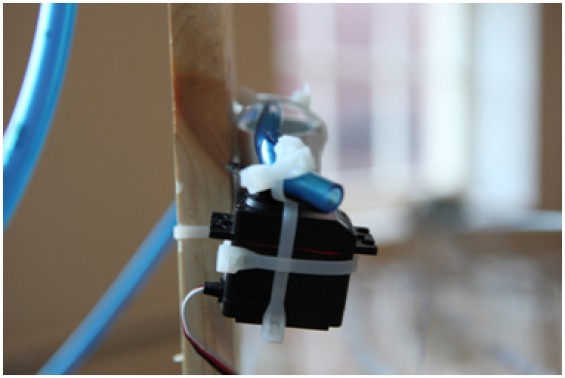
The funnel itself was initially a prototype that eventually got cut a few inches and was re-used in the final product. It is currently duct-taped and super-glued onto the rest of the wooden base. In the end, all the components were assembled as a cohesive unit. picpic
:rotate(0)/p39f1jed4mgd288myquiu5yecweg)